Latest NRAO News
News is managed by NRAO News & Public Information. Questions about News? Have a story to share? Want to interview a scientist or create new media about our telescopes?
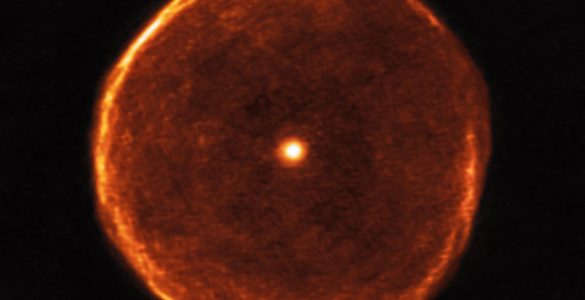
Astronomers have used ALMA to image a delicate bubble of expelled material around the exotic red star U Antliae. These observations will help astronomers to better understand how stars evolve during the later stages of their lives.
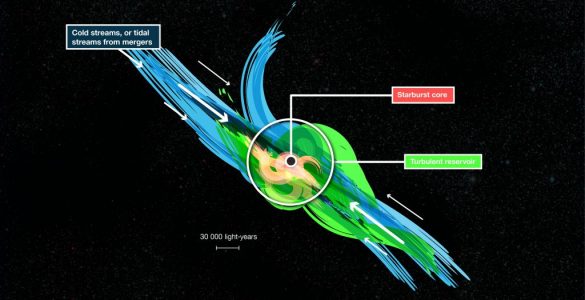
Using ALMA, astronomers studied six distant starburst galaxies and discovered that five of them are surrounded by turbulent reservoirs of hydrogen gas, the fuel for future star formation.
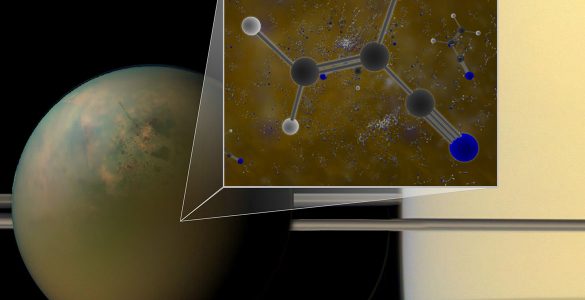
Saturn’s frigid moon Titan has a curious atmosphere. In addition to a hazy mixture of nitrogen and hydrocarbons, like methane and ethane, Titan’s atmosphere also contains an array of more complex organic molecules, including vinyl cyanide, which astronomers recently uncovered in archival ALMA data. Under the right conditions, like those found on the surface of Titan, vinyl cyanide may naturally coalesce into microscopic spheres resembling cell membranes.
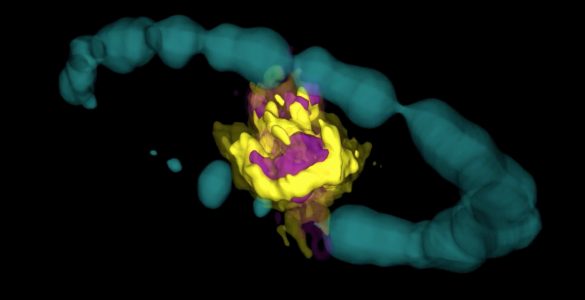
Deep inside the remains of an exploded star lies a twisted knot of newly minted molecules and dust. Using ALMA, astronomers mapped the location of these new molecules to create a high-resolution 3-D image of this “dust factory,” providing new insights into the relationship between a young supernova remnant and its galaxy.
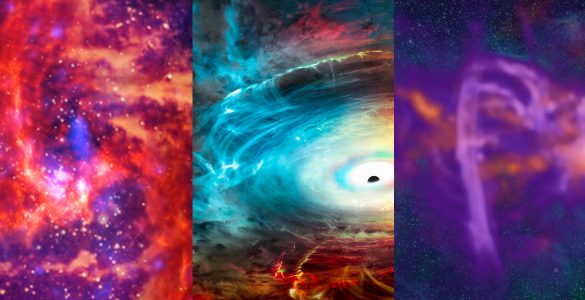
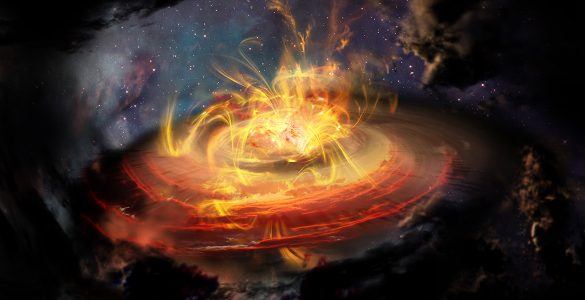
To make a star, the conditions inside interstellar gas clouds have to be “just right.” When it comes to a cloud’s magnetic fields, however, those conditions may range from powerful and orderly to weak and chaotic, new ALMA observations suggest.
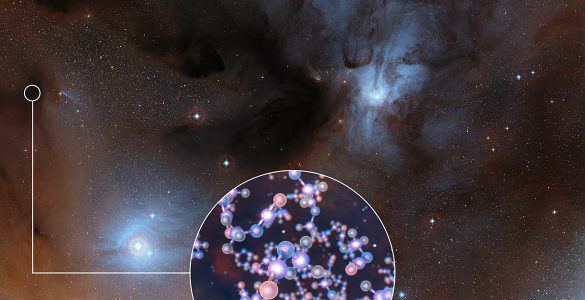
ALMA has observed stars like the Sun at a very early stage in their formation and found traces of methyl isocyanate — a chemical building block of life.
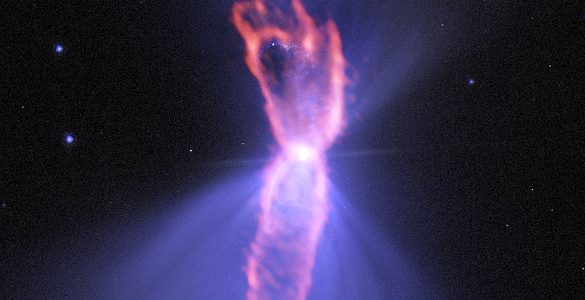
The Boomerang Nebula — the so-called “coldest place in the universe — may get its frigid nature from a companion star supercharging a rapidly expanding outflow of gas.
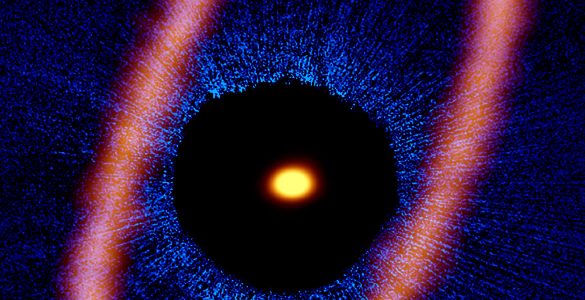
ALMA has made the first complete millimeter-wavelength image of the ring of dusty debris surrounding the young star Fomalhaut.
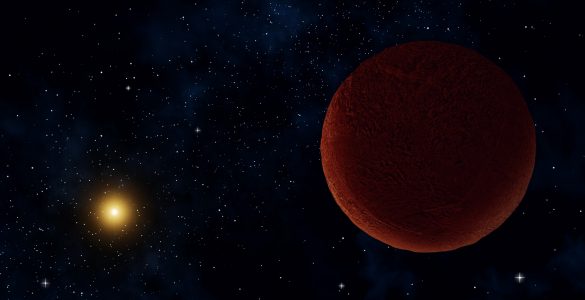
Far beyond Pluto is a recently discovered cold, icy body that astronomers call “DeeDee.” New ALMA observations reveal that it has “the right stuff” to be considered a dwarf planet.





